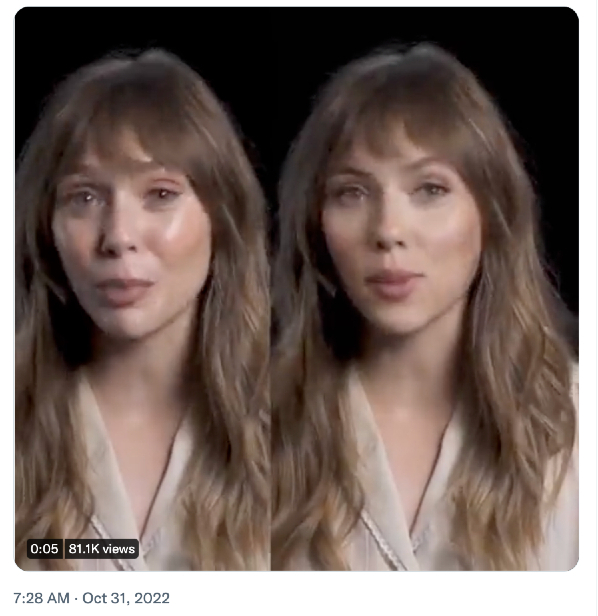What if the faces you see, the voices you hear, and the actions you witness online are nothing but meticulously crafted illusions? The rise of celebrity deepfakes has blurred the line between reality and fabrication, turning public figures into unwitting subjects of digital manipulation and raising profound ethical and legal questions.
The term "deepfake," a portmanteau of "deep learning" and "fake," encapsulates the essence of this technological phenomenon. Deep learning, a subfield of artificial intelligence (AI), utilizes neural networks to process and analyze vast datasets, enabling the creation of convincingly realistic, yet entirely fabricated, media. This technology, while possessing the potential for creative expression and innovation, has also opened a Pandora's Box of misuse, particularly in the realm of celebrity exploitation.
| Deepfake Technology: Key Information | |
|---|---|
| Definition | A digitally manipulated piece of media that is convincing but ultimately fake, created using deep learning techniques. |
| Technology | Based on deep learning, a subset of artificial intelligence using neural networks. |
| Applications | Parodies, comedy, entertainment, identity theft, scams, and malicious content creation. |
| Risks | Privacy violations, defamation, misinformation, and reputational damage. |
| Detection Methods | Analyzing inconsistencies in lighting, blinking patterns, and audio-visual synchronization. |
| Notable Victims | Donald Trump, Elon Musk, Taylor Swift, Kylie Jenner, Tom Hanks, and numerous other celebrities. |
| Ethical Considerations | Consent, privacy, and the potential for malicious use. |
| Legal Implications | Copyright infringement, defamation, and violation of privacy laws. |
| Example Use Cases | Creating fake celebrity endorsements, generating false news reports, and producing non-consensual explicit content. |
| Further Information | Brookings - Deepfakes and Artificial Intelligence |


_45.jpg)